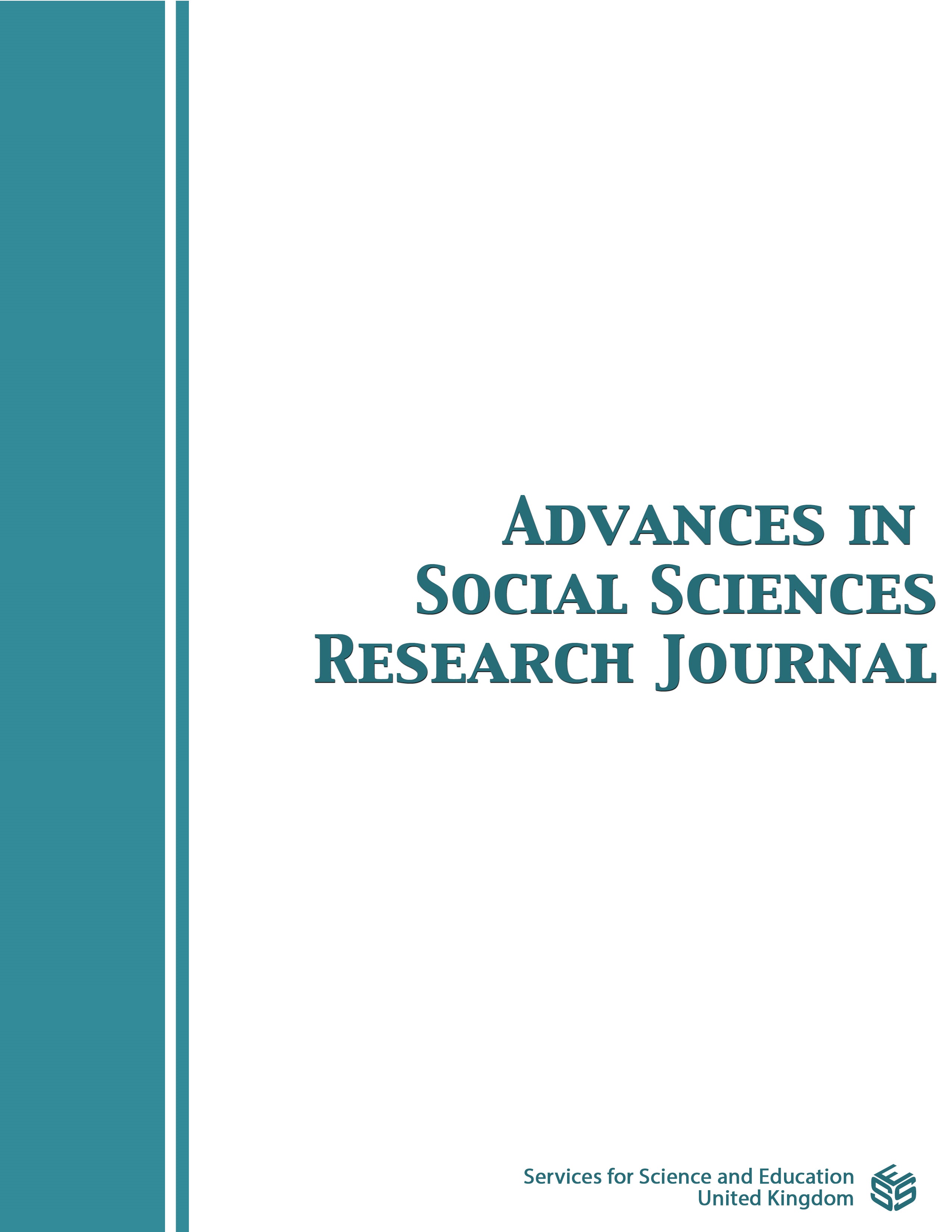Inflation Targeting and Economic Performance: Application of the New Keynesian Small Open Economy DSGE
DOI:
https://doi.org/10.14738/assrj.91.11619Keywords:
anchoring expectations, inflation targeting, economic growth, DSGE, financial frictionsAbstract
Bank Al-Maghrib aim to adopt the inflation targeting regime to keep pace with changes in the monetary policy environment. The challenge for the central bank is to meet the prerequisites of inflation targeting to ensure the anchoring of expectations, and thus achieve the inflation target and real stability.
The objective of this paper is to propose an optimal model for Morocco's successful transition to inflation targeting.
To do so, we build a New Keynesian Small Open Economy DSGE model, characterized by financial frictions, imperfect exchange rate pass-through, unemployment, fiscal rule and new shocks. The results of our simulations lead us to assert that it would be wise to choose the most complete model, since it provides credibility, stability and growth.
Keywords: anchoring expectations, inflation targeting, economic growth, DSGE, financial frictions.
References
. Galí, J. (2008). Monetary policy, inflation, and the business cycle: an introduction to the new Keynesian framework. Princeton University Press.
. Said, T., Aziz, R., & Zakaria, F. (2012). Monetary Policy and Choice of Exchange Rate Regime for the Developing Countries: Case of Morocco. Journal of International and Global Economic Studies, 5(1).
. Mossadak, A. (2013). DSGE modeling: theoretical foundations and application to the conduct of monetary policy: the case of Morocco. Cahiers de la recherche.
. Mossadak, A. (2013). Monetary and fiscal policy in an estimated DSGE model for Morocco. British Journal of Science, 9(1), 1-17.
. Zakaria, F. (2014). Imperfection of Credit Markets, Speculative Bubbles and Financial Accelerator in Morocco. Journal of International and Global Economic Studies, 7(1), 58-81.
. Aït Lahcen, M. (2014). DSGE models for developing economies: an application to Morocco. University Library of Munich, Germany.
. Echcharfi, N., & Loukili, H. (2016). The Monetary Policy Independence in Morocco: Revolving the Macroeconomic Trilemma. Researchgate.
. Bennouna, H., Lahlou, K. & Mossadak, A. (2016). Analysis Of The Transmission Channels Of Monetary Policy In Morocco. Bank Al-Maghrib, Research Department.
. Lakhchen, F., & Alaoui, H. H. (2017). An Assessment Of The Standard New Keynesian Model Applied To Morocco: A Bayesian estimation. Revue Economie, Gestion et Société, (14).
. Christiano, L. J., Eichenbaum, M., & Evans, C. L. (2005). Nominal rigidities and the dynamic effects of a shock to monetary policy. Journal of political Economy, 113(1), 1-45.
. Gali, J., & Monacelli, T. (2005). Monetary policy and exchange rate volatility in a small open economy. The Review of Economic Studies, 72(3), 707-734.
. Adolfson, M, Laseen, S, Linde, J & Villani, M (2008), 'Evaluating an estimated New Keynesian small open economy model', Journal of Economic Dynamics & Control, vol. 32, no. 8, pp. 2690-2721.
. Christiano, L. J., Trabandt, M., & Walentin, K. (2011). Introducing financial frictions and unemployment into a small open economy model. Journal of Economic Dynamics and Control, 35(12), 1999-2041.
. Marto, R. (2014). Assessing the Impacts of Non-Ricardian Households in an Estimated New Keynesian DSGE Model. Swiss Journal of Economics and Statistics, 150(4), 353-398.
. Bernanke, B., & Gertler, M. S. Gilchrist (1998), "The Financial Accelerator in a Quantitative Business Cycle Framework. NBER working paper, (6455).
. Iacoviello, M. (2005). House prices, borrowing constraints, and monetary policy in the business cycle. American economic review, 95(3), 739-764.
. Villa, S. (2013). Financial frictions in the euro area: a Bayesian assessment. ECB Working Paper No. 1521.
Downloads
Published
How to Cite
Issue
Section
License
Copyright (c) 2022 salwa Habiby

This work is licensed under a Creative Commons Attribution 4.0 International License.
Authors wishing to include figures, tables, or text passages that have already been published elsewhere are required to obtain permission from the copyright owner(s) for both the print and online format and to include evidence that such permission has been granted when submitting their papers. Any material received without such evidence will be assumed to originate from the authors.






